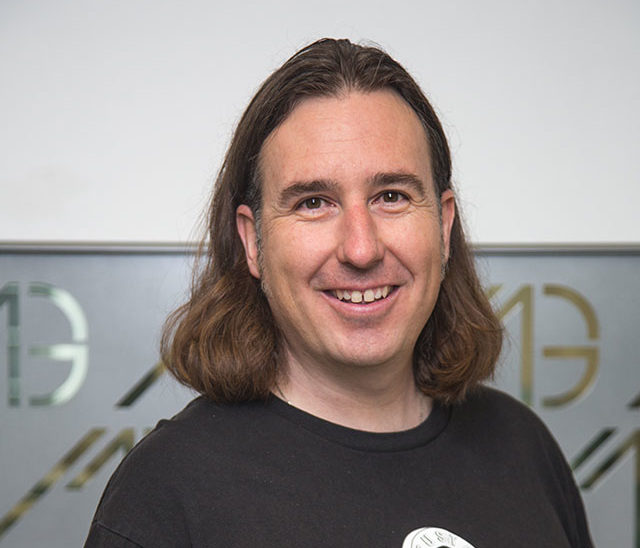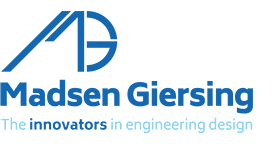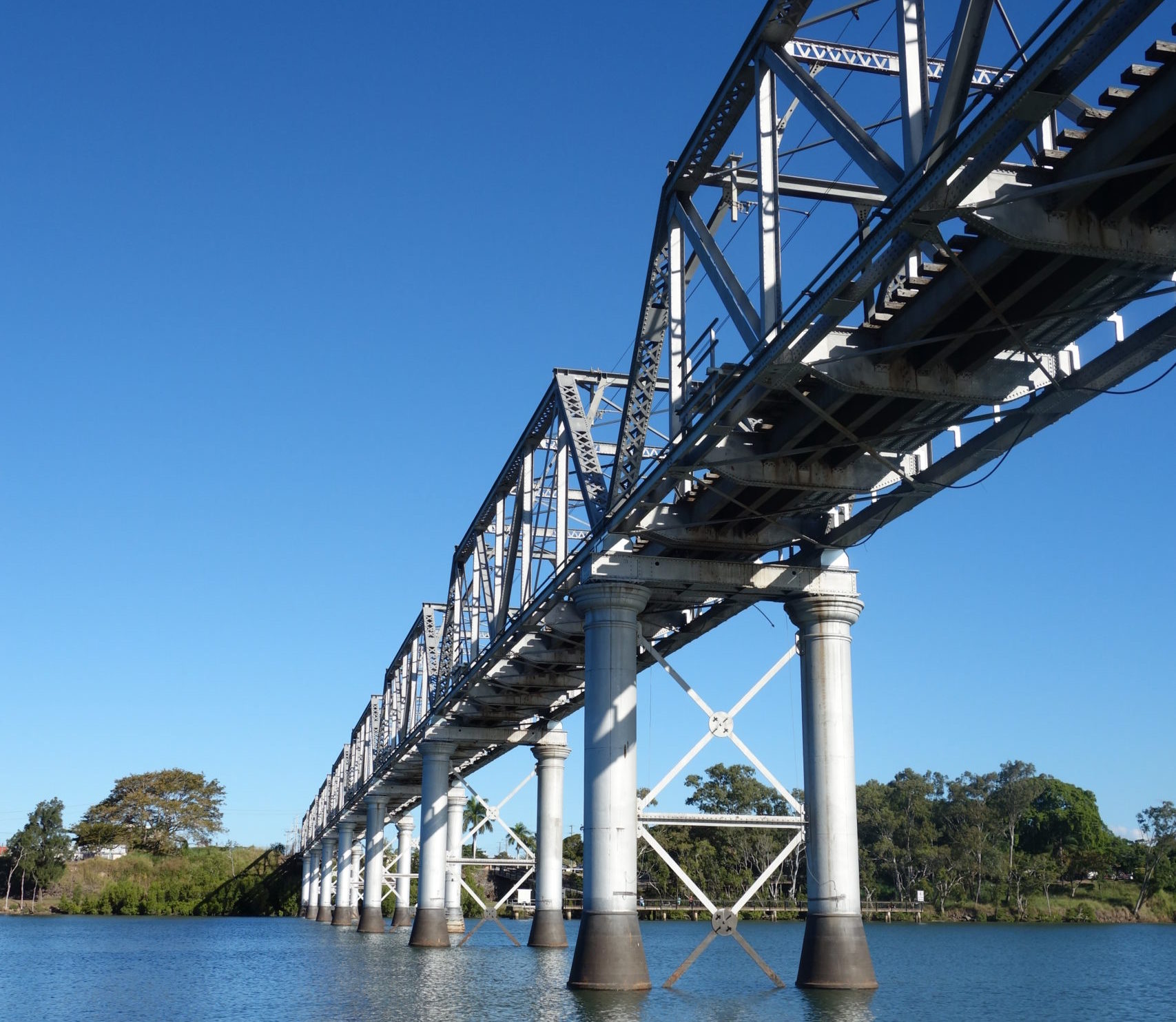
Madsen Giersing’s Senior Drafter David Gallagher joined our team over 20 years ago. Throughout this time, David has been involved in a broad range of permanent and temporary work projects including wharves, cruise terminals, bridges, piling frames and other various marine and temporary structures, across Australia and South-East Asia. As well as this, David manages our company’s IT requirements. Within the company, David also wears a second hat as Madsen Giersing’s IT Manager, overseeing all of our hardware and software requirements.
Why did you become a drafter?
I’ve always been fascinated by geometry. As kid I was always drawing with rulers and set squares, and it was during my junior graphics class that the school first introduced CAD into the curriculum – soon it would be time to upgrade our first home PC, a 286XT with 2MB running MSDOS. Fast forward to an introduction to engineering at university and applying for a job at Madsen Giersing, where my passion for technical drawing and IT remains strong.
What do you love about engineering?
I love the variety of projects and challenges that we are faced with daily, and being able to work alongside people with different backgrounds and interests.
What are you working on at the moment?
Currently I am working on a waterside infrastructure remediation which involves designing a temporary bridge to aid in the partial demolition of existing jetty and the construction of the new superstructure. On the IT side of things, I am in the process of upgrading our server and backup system.
What has been your greatest professional achievement?
As the industry and technology changes, I believe my greatest achievements are yet to come!
What’s the best project you have worked on?
There are almost too many to choose from, but one of my favourites was the Brisbane Riverside Expressway Bearing Replacement, which involved designing a falsework system used to support bridge jacking system and hanging formwork system. It was a challenging project as we had to develop new systems for existing infrastructure while the existing infrastructure was still in use.
Another one would be Wiggins Island Coal Export Terminal. This involved as adjustable piling frame for wharf and dolphin pile driving, requiring complex geometry optimized to reduce adjustments during use.
What’s the most useful thing you’ve learned throughout your career?
Always ask questions, as many as you can think of.
What would your last meal be?
Easy. Agedashi Tofu, Sashimi and gyoza. Or Tacos.
What is the last movie you watched or series you binged?
It was an awesome South Korean TV Series called Kingdom, full of swords and zombies!
Who’s the greatest engineer of all time and why?
Brunel. I’m not sure he’s the greatest, as not all his endeavors were successful, but his pioneering contributions to the design of tunnels, bridges, railways and ships proved to be incredibly innovate solutions that furthered modern engineering.
What excites you about the future of our industry?
I am mostly excited by new developments in software for 3D Modelling/BIM, and changes in the collaboration and design process.
What piece of advice would you give to an aspiring drafter?
Always take pride in your work.




